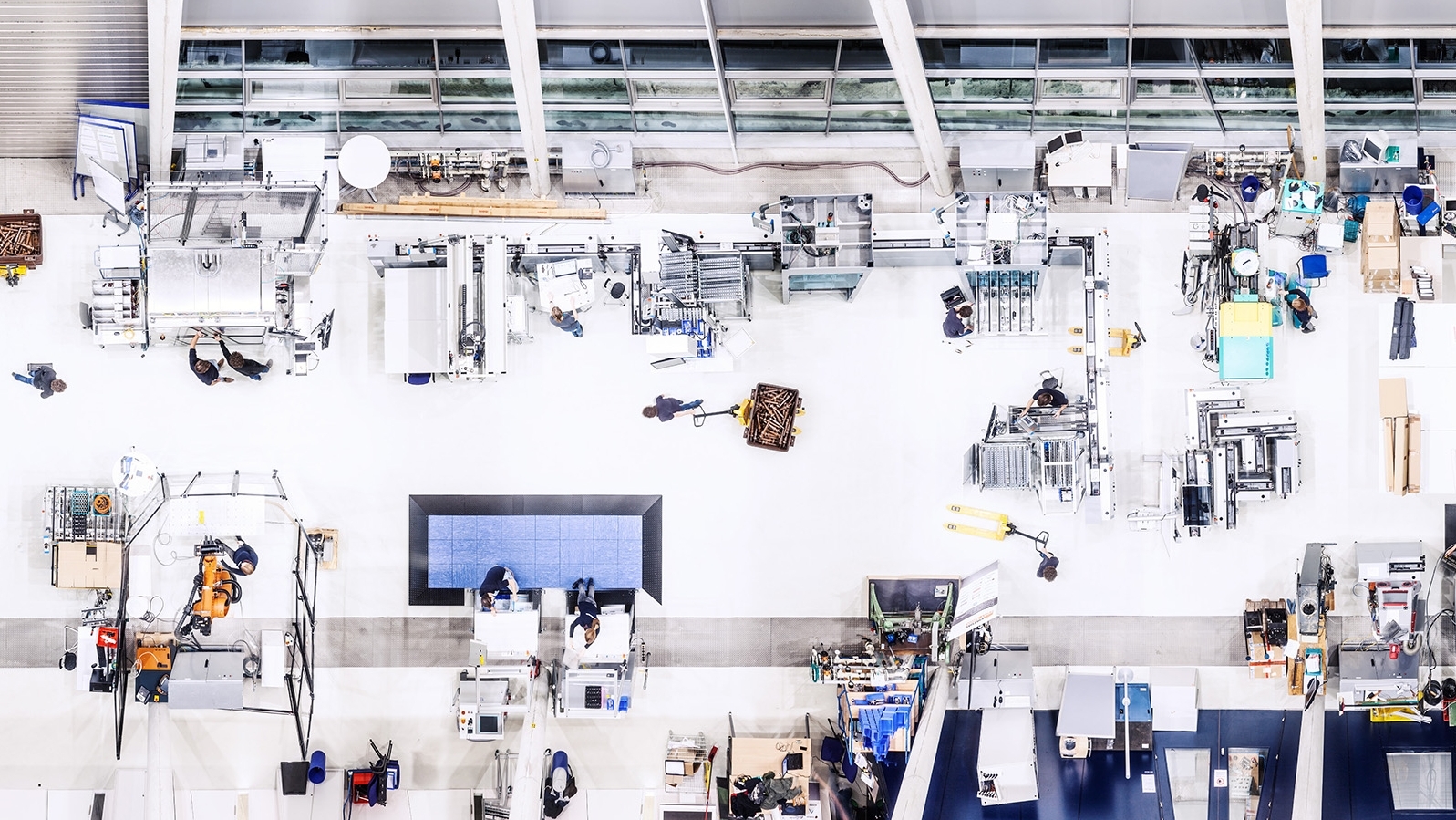In the "InterOpera" research project, funded by the German Federal Ministry for Economic Affairs and Energy, researchers are working with industry to develop standardized methods for implementing the administration shell in practice. The project, in which Fraunhofer IPA and the Industry 4.0 Standardization Council supported by VDE DKE under the coordination of Steinbeis Europa Zentrum are involved, introduces itself.
Until now, each company has networked its own machines and evaluated the data that became accessible as a result. A time-consuming and expensive undertaking, even prohibitively expensive for some small or medium-sized companies. However, new digital solutions not only make production more efficient and therefore more profitable. They also enable all links in a supply chain to be connected smoothly and with minimal effort to form a collaborative value creation network.
However, this requires interoperability. In other words, a tool is needed that establishes a standardized and seamless exchange of information between all players in a uniform manner. In other words, all machines, regardless of which company they belong to and which manufacturer they come from, should be able to receive and pass on important information as a standardized package and in the same language.
To ensure this standardized exchange of information, all systems and components in the collaborative value creation network are surrounded by a so-called administration shell. Like a digital twin, it maps all objects and thus provides the interface for Industry 4.0 communication. The asset administration shell is therefore made up of many different sub-models that describe the properties and features in detail.
50 standardized submodels for the asset administration shell
The "InterOpera" research project, in which the Fraunhofer Institute for Manufacturing Engineering and Automation IPA is involved, is now focusing on a standardized implementation of the asset administration shell in practice. The aim is to develop 50 concrete, practicable and interoperable sub-models of the asset administration shell for as many business areas as possible along the so-called Reference Architecture Model 4.0 (RAMI 4.0). The model summarizes the key aspects of Industry 4.0 and allows highly flexible Industry 4.0 concepts to be mapped and implemented. The task of the DigITools competence center at Fraunhofer IPA is to develop a general methodical procedure for creating submodels within the asset administration shell. To this end, a research team led by Olga Meyer, who heads the project at Fraunhofer IPA, will apply the developed methodology to model projects, develop the submodels with industry partners, validate the results and then create a submodel map. This map will list, describe and classify all known submodels.
Call to manufacturing companies throughout Germany
Industrial companies from all over Germany are now invited to name use cases for the submodels. They will receive methodological support from scientists in the creation of the standardized submodel. Initial information on the methodological support for modeling can be found here: https://www.sci40.com/interopera.
Concrete use cases as a mission and benefit
Along the collaborative value chain, InterOpera connects manufacturing companies and their specific use cases with technical experts and relevant Industry 4.0 working groups. In this way, the initiative involves players from several application areas and plans to create replicable solutions in production. InterOpera will not only make a significant contribution to the harmonization of submodels in the administration shell, but will also provide best practice examples through implementation and rollout activities. These will be mapped into standardized information models and digital business processes. This makes it easier for small and medium-sized companies to enter the digital transformation. Because if there are standardized submodels for the administration shell, it is possible to network machines and systems for far less money and in less time.


